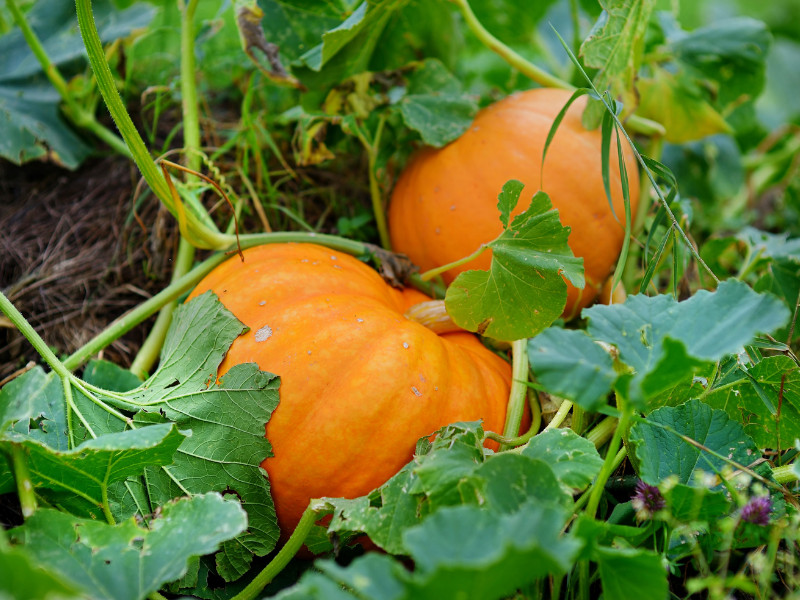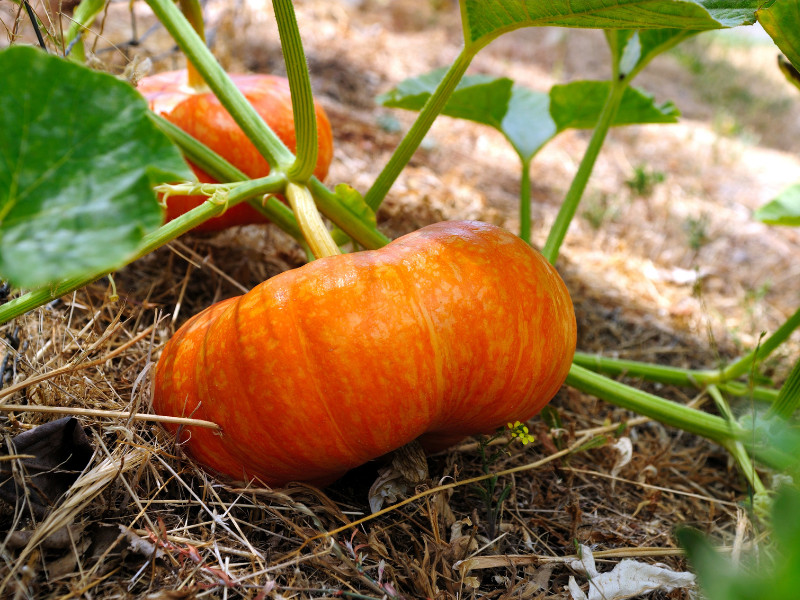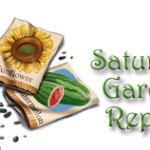If you enjoy taking a trip to the pumpkin patch during the fall season, you’ll love knowing that you can grow your own pumpkins at home. While you might think it takes a lot of work and isn’t always possible to get the pumpkins to grow, this is a common misconception. With the right amount of effort, you won’t need to take trips to the pumpkin patch anymore because you’ll have a pumpkin patch of your own in the garden.
Lots of people look forward to carving pumpkins during the fall season. The weather starts to get a bit chillier, people gather together to get on hayrides, and it turns into the perfect time to start carving jack-o-lanterns in anticipation of Halloween. However, you can do much more than carve pumpkins! You can roast the seeds, eat them, create your own pumpkin puree, and use the puree from your plants to prepare homemade pumpkin pie!
Pick the Perfect Spot to Plant Your Pumpkin Seeds
After buying pumpkin seeds, you can begin planting them in your garden. Pumpkins need full sun, so choosing the ideal spot in the garden is a must. You don’t want to produce the pumpkins in an area covered with shade throughout most of the day because they won’t grow to their fullest potential.
Remember that the pumpkins will grow to a larger size. You’ll need to keep the seeds about three to four inches apart from one another to provide plenty of space for the pumpkins to grow. If you’re planting the seeds too close, the pumpkins can’t grow as large, and it could negatively impact their ability to thrive in your garden. You should also make sure you’re planting the seeds at least an inch deep into the soil to ensure they have enough coverage.
Pumpkin Varieties to Consider
- Small Sugar Pumpkin – great for making pies!
- The Cinderella Pumpkin – and heirloom pumpkin that looks like the fairy tale version.
- Jack O’ Lantern – very versatile pumpkin for carving and cooking.
- The Yellow Paris Pumpkin – old heirloom from France, can grow to over 100 lbs.
Provide the Right Conditions to Encourage Your Pumpkins to Grow
When you’re serious about growing plenty of pumpkins in the garden, you need to make sure you’re creating the perfect environment for them to thrive. Choosing the right soil to use is a start when you’re planting the seeds. Pumpkins do best when they’ve been buried in soil that is primarily neutral but slightly acidic. The perfect pH level for the soil is anywhere between 6.0 and 6.8. You can test the soil’s pH level before getting started to make sure it’s ideal for the pumpkins.
Along with setting up the right soil in the garden, you’ll need to dig deep enough to make space for the roots and vines that will grow. You never know how big your pumpkins can turn out, but you want to make sure you’re giving them more than enough space to reach the largest size possible.
Keep Your Pumpkins Hydrated by Adding Water to the Soil
Not all plants require a lot of water, but pumpkins do. You’ll need to stay on top of a watering schedule if you’d like to see them grow. It’s best to give your pumpkin plants about an inch of water each week.
While watering the plants is important, you need to make sure you’re getting the water on the soil and not on the pumpkin leaves. Instead of using a sprinkler system to keep your pumpkins watered, you should do the watering manually to keep water off those leaves. Be sure to set a schedule that you can follow to ensure that you’re adding enough water to the soil surrounding your pumpkins.
Once your pumpkins start to reach the ideal size and color, you can start watering them a bit less often. They’ll still need to get enough water until you’re ready to harvest them, but you can typically stop watering them within a week of harvesting the pumpkins.
9 Ways to Conserve Water in Your Vegetable Garden
Add Some Companion Plants to Your Garden
After you’ve planted your pumpkins, it’s a good idea to add some companion plants on both sides of the pumpkin plants. Companion plants are any plants that can help with the growth of the pumpkins in some way or another, whether it’s through natural pest control or helping improve the quality of the soil.
Not sure which plants are the perfect companions for pumpkins? Consider planting corn, squash, lavender, or sunflowers next to your pumpkins.
- Companion Planting Top 10 Plants
- Flowers to Plant in Vegetable Gardens
- Tips on Growing Giant Sunflowers
How to Take Care of Pests When Growing Pumpkins
Some pests have a natural instinct to attack pumpkins, causing damage that would keep you from using them.
- Cucumber beetles and squash bugs are two of the most common insects known to create issues in the garden when growing pumpkins. However, if you know how to keep these pests away, you won’t run into any problems. You have options when handling these unwanted pests. Be proactive.
- Make sure you’re checking your pumpkins daily for any potential evidence of pests. If you’re dealing with squash bugs or cucumber beetles, you don’t necessarily need to use harsh insecticides.
- Instead, try a natural approach that involves sprinkling dill near your pumpkins. Dill works as a natural repellent to keep these insects away. It will keep them off your pumpkins, ultimately preventing the insects from damaging them.
If you’re not using the dill as a natural repellent, you still have another option. You can create a homemade insecticide using natural ingredients, such as castile soap, dish soap, and water. You can spray the concoction near the pumpkins to repel these unwanted insects.
Growing Pumpkins at Home in No Time
While you might think it’s only possible for pumpkins to grow on a large pumpkin patch, this isn’t the case. You can start growing them with ease when using the right soil and seeds to get started. The good news is that pumpkins don’t take too long to grow.
They may be ready to harvest within 90-120 days. If you’re serious about growing pumpkins, it’s not too late to get started. Now that you know what it takes to get pumpkins to grow, choose the right spot in your garden and get started! You won’t regret it when you have dozens of pumpkins available for carving, eating seeds, and making pumpkin-flavored foods!
Pumpkin Recipes to Try
50 Pumpkin Recipes
Pumpkin Ale Bread with Hatch Green Chiles
DIY Pumpkin Spice Creamer
Pumpkin Cookies-A Family Favorite






